The 46th edition of Arte Fiera, Italy’s longest-running modern and contemporary art fair and traditionally the first of the year, starts tomorrow in Bologna. Therefore, from February 3 to 5, pavilions 25 and 26 of BolognaFiere, the historic venue of the event, which is returning to its spaces this year, will host the fair directed by Simone Menegoi. The fair, which for the first time after the pandemic returns to be hosted in the traditional winter period, is renewed in its choices thanks also to the entry, in the role of Managing Director, of Enea Righi (it is moreover an unprecedented choice, for a fair, to assign such a role to a collector), and has introduced several changes in the public program, in the set-ups (more minimal and clean than in the past), and in the reception. A press preview was held today. While waiting to look at the proposal in more detail, we nevertheless selected ten booths that immediately seemed interesting to us, and we offer them to you. Not, therefore, necessarily a “best of” list, but a list of proposals to look at with some care. Here they are.
Not only galleries, and we start right here. The Biennale doutdo, an event of cultural initiatives linking art and ethics created in 2011, presents the theme “Fragility,” the leitmotif of the new edition, to the public with the sculpture FRÀGIL, a massive glass work by Catalan artist Joan Crous. It is a composition of six unique works, all different from each other, made in glass fusion with manual interventions by the artist. On this occasion, the six original works have been combined into one large installation. The choice to use glass is no accident, as the artist himself declares, “Glass is definitely one of the elements that accompanies us in our daily lives. It is a material that has two aspects: hardness but also fragility as a whole. A glass can last a thousand years but if it falls to the ground it lasts a second. Man is also a little bit like that.... Man lasts a thousand years in the concept of his toughness but he also has so many fragilities. And with doutdo we wanted to represent this double concept.” The work, after Artefiera, will officially enter the large doutdo collection, and then be assigned to collectors or museums against a donation to doutdo through the Association of Friends of the Hòspice Seràgnoli Foundation, the proceeds of which will be entirely donated to the MT Hospice Foundation. Chiantore Seràgnoli of Bologna.
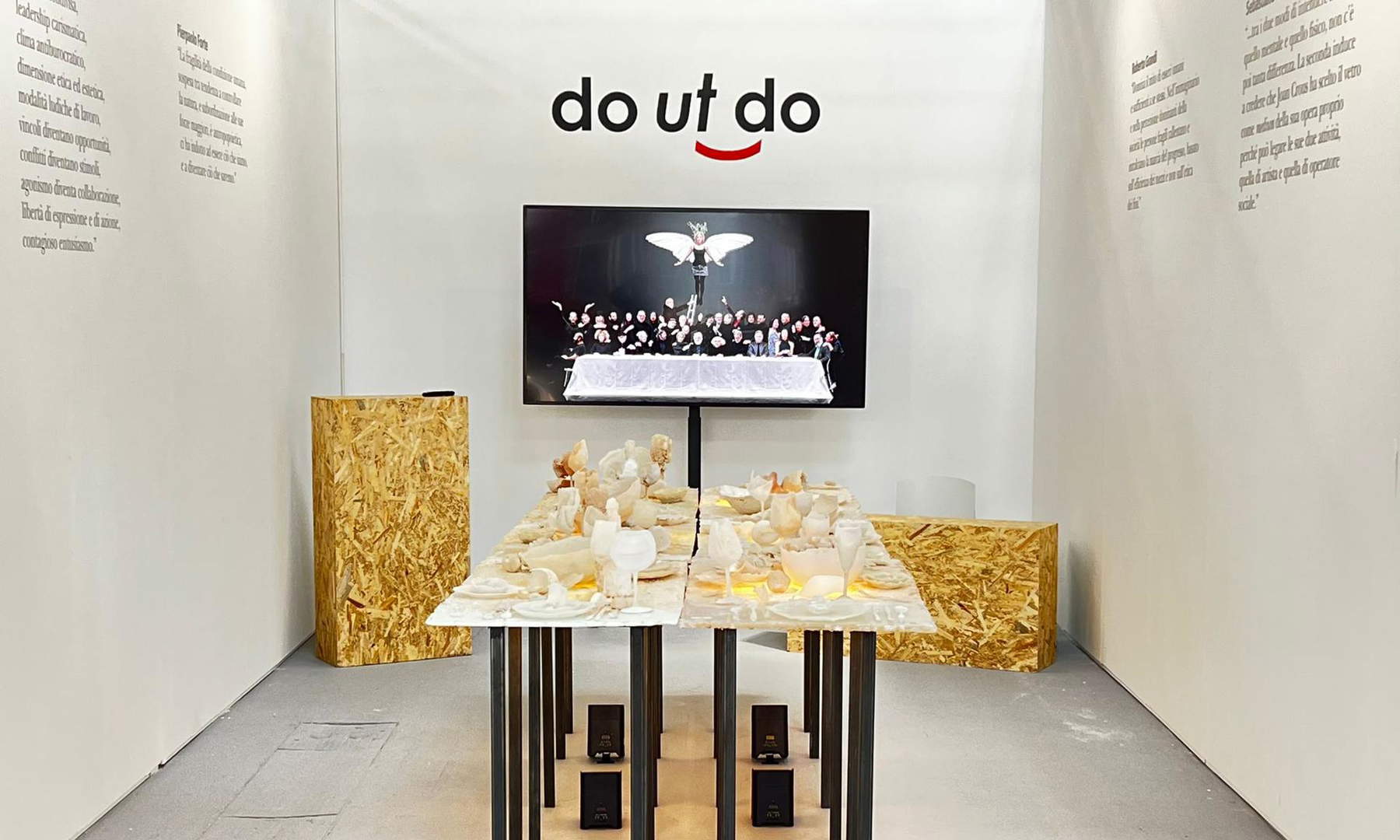
The Ferrara gallery dedicates a spectacular monographic booth to the celebrated duo Bertozzi & Casoni, considered the greatest ceramic artists at the Italian level and beyond. The result of meticulous work, an installation occupies almost the entire stand and invites you to enter, stepping into the half-light: a small architecture flanked by open paint cans, a sink full of dirty plastic plates, a barrel of oil. At MLB’s booth, therefore, a small house built by piling up colored metal sheets is staged, a shelter where one can take refuge and feel protected, warmed by a small light, a sign of life and salvation, of the circularity of life: light and darkness, life and death. Typical themes of Bertozzi & Casoni’s research. An installation that intends to ennoble our everyday life with ceramics and sublimate it through a technical virtuosity that makes us reflect beyond the appearance of what we are looking at to bring us back to that state of childlike wonder that as we grow up we have increasingly lost. The installation is part of the new “Percorso” format, an itinerary among the stands of the Main Section of Arte Fiera (with a few forays into the curated sections) based on a thematic criterion, in this case ceramics.

The Florentine gallery presents works by artists who are heterogeneous but accumulated by the quality of their poetics and the recognition that their works already obtain in Italy and abroad. These are the artists usually treated by the gallery, in a mix of historicized and recent names of international renown. Names such as Claudio Parmiggiani and Arnulf Rainer belong to the first category, while artists such as the Austrian Erwin Wurm, who is currently presenting a solo show of his work at the gallery’s headquarters in Florence, and the duo Goldschmied & Chiari, the now well-established and internationally appreciated Italian artist couple, as well as a newcomer, artist Basil Kincaid, with whom the gallery has been collaborating since 2021 after organizing his first solo show in Italy, stand out in the second. The best work? Doorway by Goldschmied and Chiari, from 2022, which we put in the photo below.
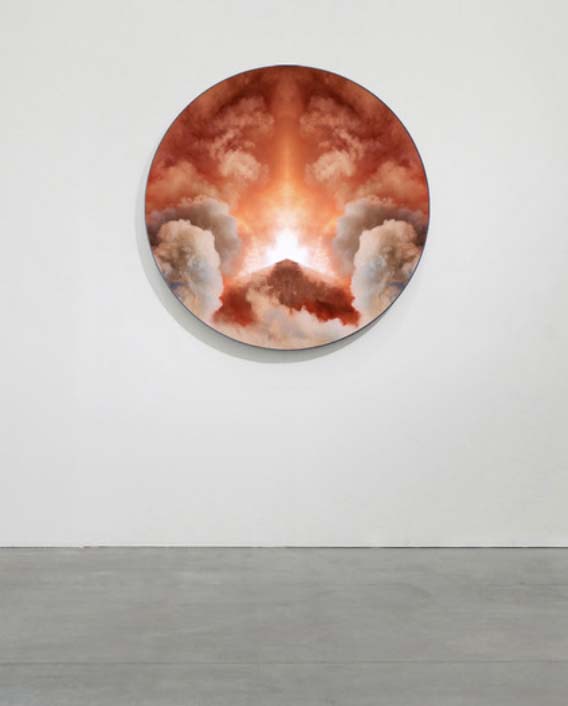
The Piedmont gallery presents an exhibition-installation, Rubik Cube, by Mantua-based artist Chiara Dynys. The exhibition consists of some of her most significant works, for example, the Fairy Chimneys in light boxes (a work by the artist inspired by the rock conformations of Cappadocia) whose light welcomes the visitor inside a room specially set up with an authorial project by Chiara Dynys that, thanks to the inclusion of the light boxes inside a multicolored chessboard, is reminiscent of a Rubik’s cube. The viewer thus finds himself within a regular composition of dazzling colors. The chimneys of Cappadocia are translated into blown glass perspective forms, colored with a slit in the center made of 24-karat pure gold representing infinity, the threshold: a recurring element in the artist’s poetics and of high symbolic value. In the second room, a living room with a dreamlike setting hosts additional works by the artist: these are the SELFs, multiples each composed of 4 canvases painted on all sides with textural and monochrome colors, in gold, silver and copper powders, worked in titanium white, silver, gold and copper, and, on a mantelpiece, the Enlightening Books, books in sandblasted and colored glass. The latter represent for Chiara Dynys a literal interpretation of a simple and clarifying concept: “How then can a book be enlightening? A book that carries within it a light.”

A now historical name on the Bolognese scene, L’Ariete relaunches an artist who had a certain fortune in the 1980s: this is Fabrizio Passarella, one of the protagonists of the Medialism theorized by Gabriele Perretta, a movement that in the 1980s and 1990s gave way to new figuration and electronic neo-conceptualism. Fabrizio Passarella’s video work Il Giardino Rabescato - The Arabesque-adorned Garden (pictured below), premiered with an installation and a multimedia performance at the Museo Civico Medievale in Bologna in 2016 and at the fair by Ariete artecontemporanea, won the Videoinsight© Prize as part of Arte Fiera 2017. On display at the booth are works by Passarella, who has been intensively engaged in video production, electronic music and writing under the name “Retrophuture” since 2010.

Monographic proposal for the London gallery that dedicates a project to the Forma 1 group. On March 15, 1946, in Rome, a group of artists made up of Carla Accardi, Ugo Attardi, Pietro Consagra, Piero Dorazio, Mino Guerrini, Achille Perilli, Antonio Sanfilippo and Giulio Turcato signed an important manifesto, later published in April 1947 in the magazine Forma 1, Mensile di Arti figurative, in the first and only issue published, with which they distanced themselves from the abstractists concretists for whom form has value in itself, without fixing it, thus extracting it from all spatial and luministic problems. Forma artists proclaimed the aesthetic value of pure form as the end of the work of art. In its manifesto, the Forma 1 group affirms a harmony of pure forms and rejects any link of continuity with Italian painting of the last two decades, surpassing it and returning to the vein of abstractionism. The booth aligns works from the group. Plus, for the Percorso section, a selection of historic ceramic artists Lucio Fontana, Leoncillo, Fausto Melotti and Luigi Ontani.

Another quality proposal from Mazzoleni: the gallery dedicates its exhibition project to the exploration of Forms and Languages, in the dialogue between the great masters of the Italian post-World War II period and the most recent contemporary productions. The presentation opens with a selection of works related to the material and spatial experimentations of Alberto Burri, Agostino Bonalumi and some important works from the 1950s and 1960s by Lucio Fontana. The common emphasis of these artists on aspects related to form and materials, which in fact is the trait that identifies the aesthetics of post-World War II Italian art, blurs the boundary between painting and sculpture through the manipulation of materials and forms. The presentation closes with the works of some artists active on the contemporary scene, such as Andrea Francolino, David Reimondo, Rebecca Moccia or Marinella Senatore, in dialogue with the works of the great masters of post-World War II Italian art.
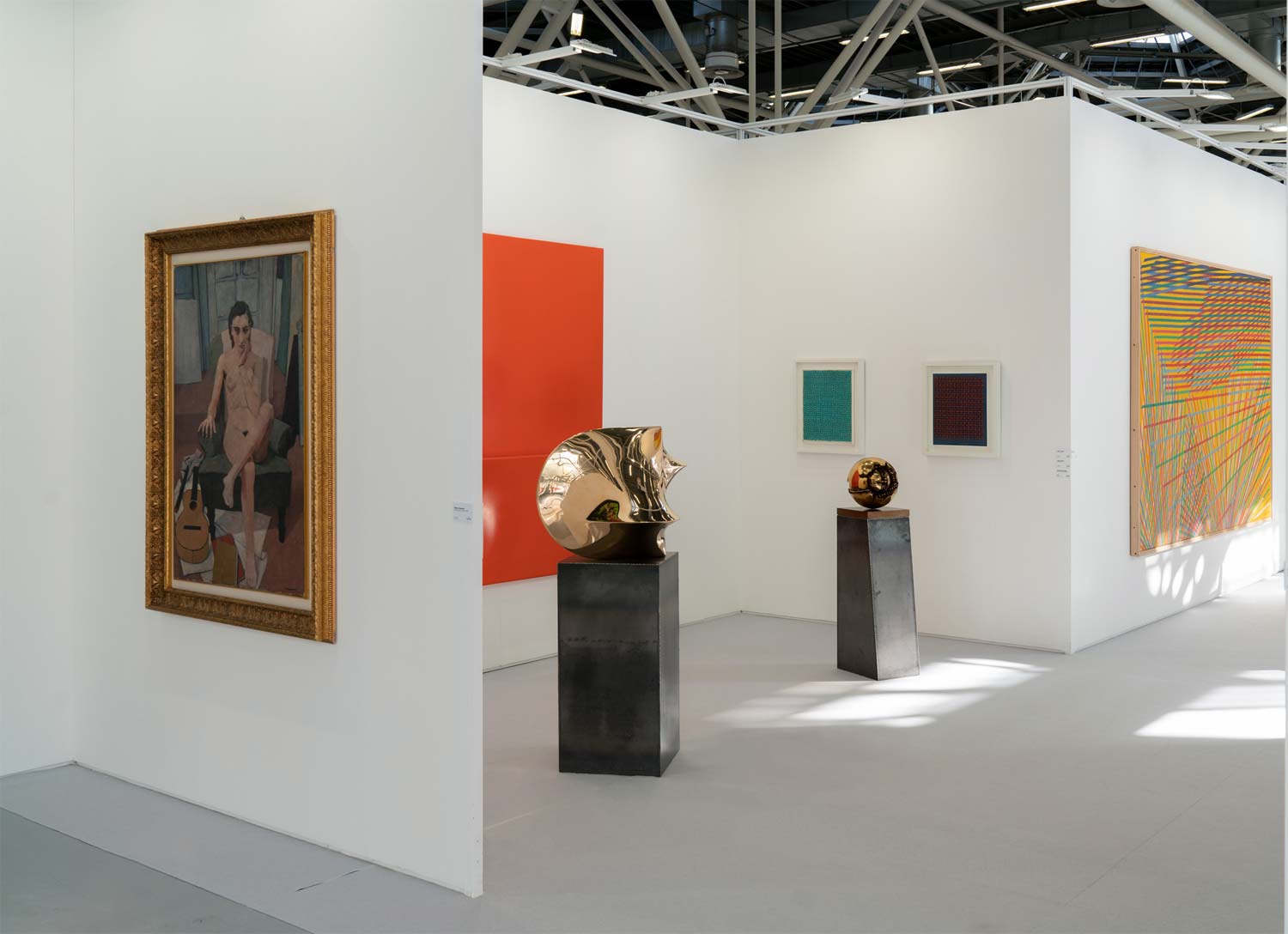
In the photography section, Spot Home Gallery stands out, offering a dialogue between the works of American photographer Michael Ackerman and Greek artist Dimitra Dede. Ackerman and Dede use photography as a “seismograph of the soul,” says the gallery, “keeping track of the emotional states of their immersion in the world.” Their photography transfigures reality, reducing everything to its essence, drawing us into a parallel, intangible world, that of their dreams, fears, and doubts, in which each of us can recognize ourselves. The idea of time is at the center of their research. In End time city, the work that made Ackerman famous, the city of Varanasi in India is a metaphor for indefinite time in its being a place of passage between life and death. Dimitra Dede’s Ápeiron, in the very title of the work, also refers back to Anaximander’s infinity/indefinite, to that principle, infinite and eternal, from where all things originate and dissolve. Moreover, the dialogue between the two artists is characterized by their poetic approach: indeed, both explore the limits of the medium through continuous experimentation, in an attempt to give voice to the mystery of experience, in its irresolvable complexity. The booth will display a selection of the latest works made by Michael Ackerman in Varanasi and New York, which have always been privileged places of his research. For Dimitra Dede there will be a selection of her works from the Mayflies, Ápeiron and Dragon House series, many of them printed on precious Japanese Taizan paper.
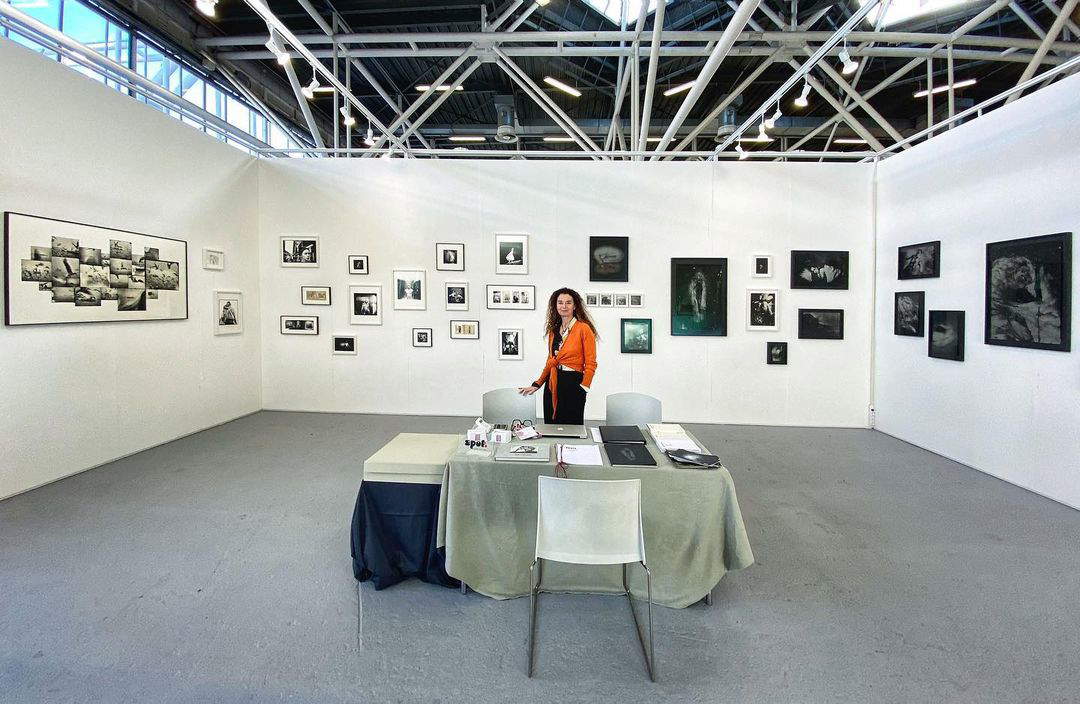
Arte Fiera is offering a Pittura XXI section, dedicated to painting of the new millennium: the Bolzano gallery will be at the kermesse with a single show by Antonello Viola, an artist born in 1966 who, in his works, executed on canvas, on paper but also on glass, “builds a chromatic perimeter,” says the gallery, “in which painting becomes a reflective place and a search for the absolute, through a process of accumulation, stratification, sedimentation. By superimposing veils of colors, and then removing, scraping, erasing, the artist transforms the invisible into the visible. On the quiet surface of the work, chaos breaks through and subsides like a hissing sound, revealing the rich, palpitating depth of which the pictorial matter is the result. Absorbed in the layering is the memory of the visual experiences mentally processed in the artistic process, sublimated in the rarefaction of the chromatic layers. In the lightly textural density of his works, Viola proposes a new relationship with space, a renewed dialogue between the internal dimension of the work and the environment that surrounds it in which the artist does not act instinctively or empirically, but moves from a precise design starting point.” On display, in a minimal installation, recent works by the Roman artist.

A two-way dialogue, between Antoine D’Agata and Giuliano Sale, is what MC2 Gallery proposes in its booth. French, photographer, born 1961 the former, Italian, painter, born 1977 the latter, both paint on the theme of the body. “I approach painting as if I had to tidy up a room the day after a party,” says Giuliano Sale: in each of his paintings there is an organized chaos, where bodies or parts of them and objects intertwine in an orgiastic way, recreating complex scenarios. The elements included are everyday objects, legs, tongues, cigarettes and are part of the artist’s immediate memory in front of the painting, arranging themselves randomly, with each fragment becoming a synthesis of the complete element. All to allude to the perversions and morbidities of the contemporary human being. More focused instead is the research of D’Agata, whose work focuses instead on the theme of sex, with images that depict couples or individuals intent in explicit sexual acts, but with very long exposure times: the result is images that make the viewer uncomfortable since the bodies are transformed into strange creatures almost reminiscent of Francis Bacon’s paintings.
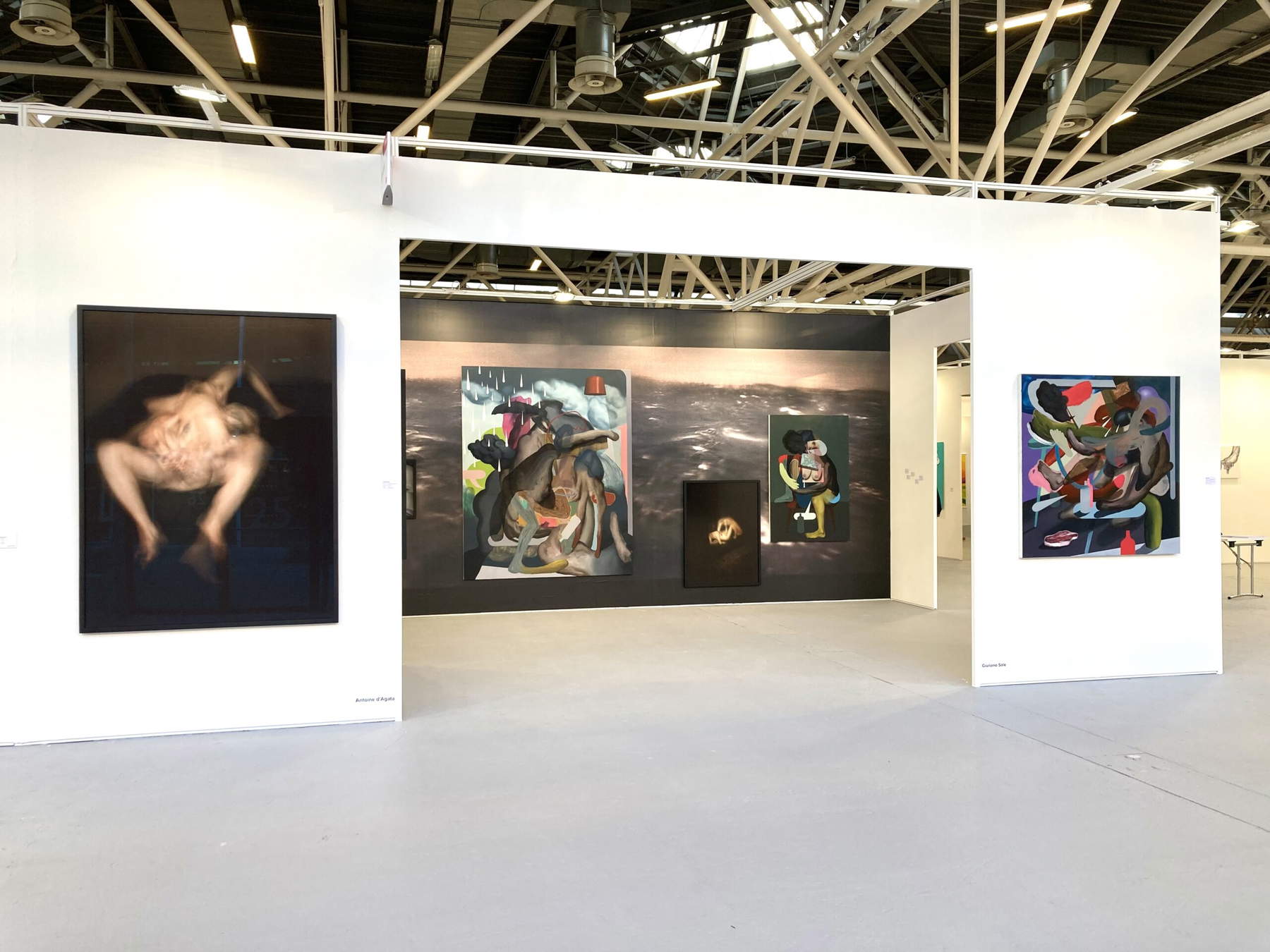
Warning: the translation into English of the original Italian article was created using automatic tools. We undertake to review all articles, but we do not guarantee the total absence of inaccuracies in the translation due to the program. You can find the original by clicking on the ITA button. If you find any mistake,please contact us.